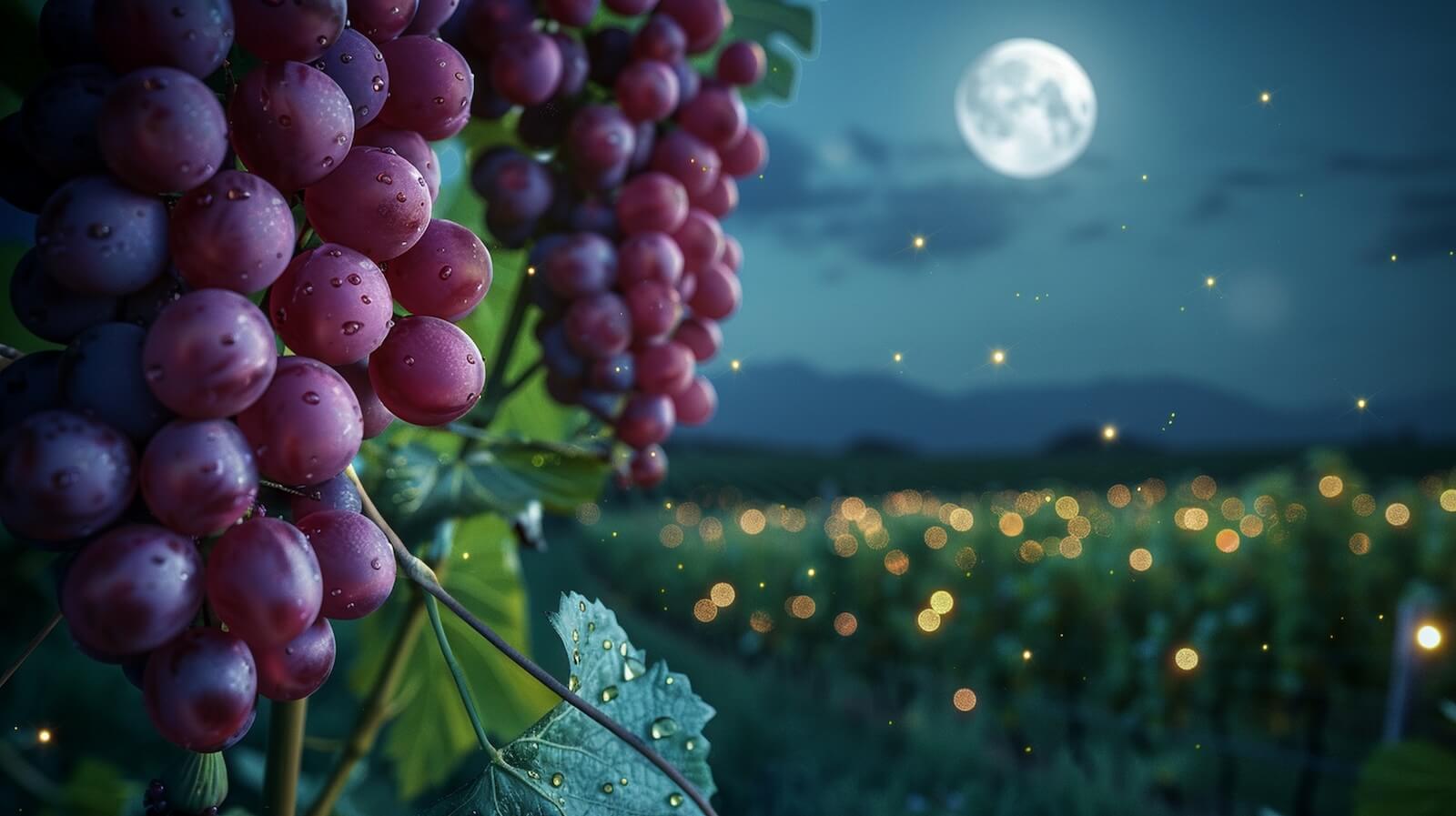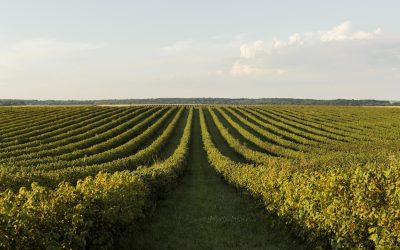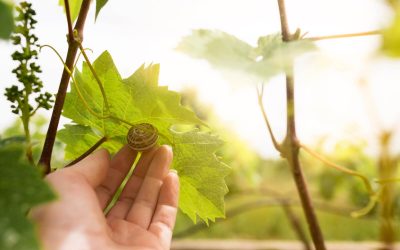Imagine a world where we cultivate not only to nourish, but also to heal the earth, strengthen life, and honor natural rhythms. Where the farmer becomes an orchestrator of the invisible, aligning their actions with the movements of the Moon and planets. Romantic utopia or silent agricultural revolution? It is in this mysterious in-between that biodynamics is situated.
Often perceived as esoteric or visionary, this practice fascinates, raises questions, but above all grows: from Bordeaux Grand Crus to pioneering farms in Austria, it enters discussions on sustainable agriculture, food quality, and respect for ecosystems. But what does this trendy word truly hide?
What is Biodynamics? An Agriculture like No Other
Biodynamics, or biodynamic agriculture, is a holistic approach to agriculture that goes far beyond conventional organic farming. It considers the farm as an autonomous, living, interconnected agricultural organism: soils, plants, animals, humans, and even celestial bodies form an indivisible whole.
Unlike organic farming, which excludes pesticides and chemical fertilizers, biodynamics adds a cosmic, spiritual, and regenerative dimension to it.
It is based on unique pillars:
- Biodynamic preparations
- Lunar and planetary calendars
- Biodynamic compost
- Cosmic rhythms
- Biodiversity and agricultural autonomy
Origins: Rudolf Steiner, a Visionary Philosopher

In 1924, the Austrian Rudolf Steiner, founder of anthroposophy, gave a series of lectures to farmers concerned about the degradation of soils and the vitality of crops. He presented a bold idea: to heal the Earth, one must understand the invisible forces that animate it. He spoke of “cosmic influence, of”vital energy, of connection between celestial bodies and plants.
Thus was born biodynamic agriculture: a resolutely alternative system, founded on spirituality, the science of rhythms, and living biology.
To go further, we recommend this article: https://biodynamie-recherche.org/mieux-comprendre-rudolf-steiner-et-lanthroposophie-dans-un-cadre-academique/
Fundamental Principles: a Symphony of Cycles and Forces
✹ a Holistic Vision of Life
In biodynamics, the farm is more than a field: it is an autonomous agricultural organism, capable of self-sufficiency. External inputs are minimized. Everything is designed to balance the flows of matter, energy, and life.
✹ Cosmic Rhythms: between Moon, Sun, and Constellations
The planning of sowing, planting, harvesting, and pruning follows a lunar and planetary calendar. The idea? That celestial cycles influence the internal fluids of plants, their growth strength, or their ability to retain their aromas. A practice inspired by ancestral agrarian traditions, brought up to date.
✹ the Famous Biodynamic Preparations
This is one of the most singular (and often mocked) aspects of biodynamics: the use of biodynamic preparations based on medicinal plants, silica, manure, quartz, sometimes buried in cow horns, to capture terrestrial and celestial forces.
Let’s Look at the Concrete Practices of Biodynamics
Biodynamic compost is enriched with specific preparations (yarrow, chamomile, nettle…) which accelerate its maturation and increase its energy value.
The soil is seen as a living entity, nourished by green manures, crop rotation, and biological pest control.
Biodynamics favors:
- Polyculture (species diversity)
- Intelligent rotation
- Companion planting
- Animal integration
This model promotes a rich ecosystem, more resilient to diseases, climatic hazards, and invasions.
What are the Labels?
| Label | Scope of application | Main characteristics |
|---|---|---|
| Demeter Label: the pioneer | All agricultural products and wines | Very demanding private label, complementary to official organic certification. Requires the entire farm to be managed biodynamically, mandatory use of biodynamic preparations, prohibition of GMOs and CMS hybrids, strict respect for animals (e.g., cows keep their horns). For wines, two certifications: “wine from Demeter grapes” (biodynamic grapes, free vinification) and “Demeter wine” (strict vinification, manual harvesting, low SO2, biodynamic fining). |
| Biodyvin Label: excellence in the vineyard | Wines only | Label of the International Syndicate of Biodynamic Winegrowers (SIVCBD). Gathers over 200 estates in Europe. Annual certification by Ecocert. Specifications require the use of biodynamic preparations, but with fewer restrictions than Demeter (e.g., unlimited copper, SO2 levels imposed according to aging). Highly valued by prestigious estates). |
| Nature & Progress | Organic wines with an ethical approach | Organic label with winemaking requirements (manual harvesting, indigenous yeasts, low SO2). Less strict than Demeter in biodynamics but recognized for its sustainable and ethical approach. |
What are the Benefits of Biodynamics?
Biodynamics promotes intense microbial life, improved soil structure, and sustainable fertility. Result: plants that are more resistant and less dependent on treatments.
Many winemakers report greater terroir expression, increased purity, and more digestible and vibrant wines. Is it scientifically measurable? Not always. But tasters, they feel it.
Biodynamics contributes to:
- Sequestering carbon
- Preserving biodiversity
- Restoring ecosystems
- Reducing energy dependence
It embodies regenerative agriculture, focused on the future of life.
Biodynamics, between the science of life and agrarian spirituality, challenges our certainties. It reminds us that cultivating is also about listening to the Earth, respecting its rhythms, and collaborating with invisible forces.
Facing climatic challenges and soil depletion, it offers a regenerative, sustainable, and sensitive path, where taste regains meaning, and the soil, life.






